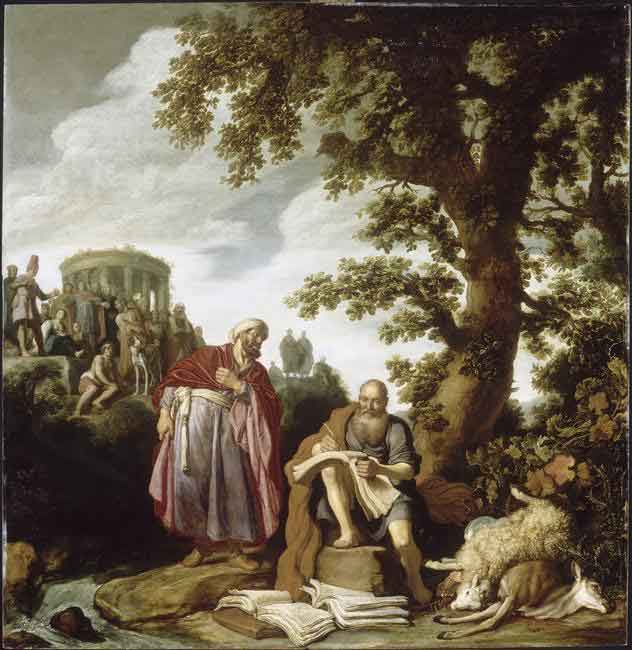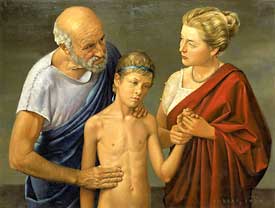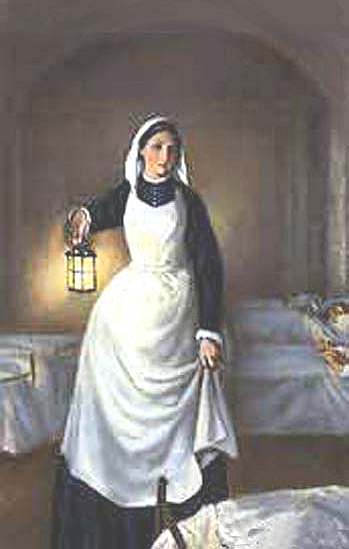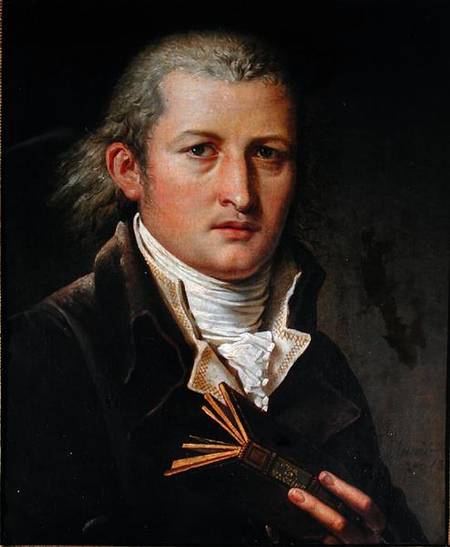<http://www.pitara.com/activities/quiz/online.asp?QName=occasions&QNum=1>
Why is Ram Navami celebrated?
Choose one of the following:
1):It marks the birth of Lord Rama
2):It marks the return of Lord Rama after exile
3):It marks the beginning of the harvest season
4)It marks the marriage of Lord Rama
Q:2)
Which festival is also popularly called the "Festival of lights"?
Choose one of the following:
Onam
Deepawali
Dussehra
Guru Nanak Jayanti
3):
India Quiz : Holi's Here!
The festival of Holi marks the end of winter and the beginning of –
Choose one of the following:
Spring
Summer
Autumn
Monsoon
3)Q:
When was Christmas first celebrated?
Choose one of the following:
The year after Jesus was crucified
Around 100 AD
4th Century
1935
4):
Where did the Christmas tree tradition originate?
Choose one of the following:
Germany
Israel
New England
Scandinavia
5)Q:
Montreal lies on the junction of two rivers. One of them is the St Lawrence. Which is the other?
Choose one of the following:
Ottawa
Mississippi
Nile
Missouri
Ayurveda - Ayurveda Healing the Mind
by Prabhath P
Ayurveda seeks to remove the root causes of mental illness in a holistic way. Its focus is on prevention through correct diet, exercise, meditation and cultivation of the right attitude. It offers a complex array of therapeutic techniques and natural medicines to restore balance and harmony.
In an increasingly insecure and chaotic world, many people are finding conventional psychiatry and psychology inadequate for healing the mind marred by constant stress.
Concepts of Mental Health in Ayurveda
The ancient system of ayurveda (science of life) offers a holistic approach to mental health that integrates the mind, body and soul. Sushruta, the ancient exponent of ayurveda, defines health as svasthya-a state of total biological equilibrium, where the sensory, mental, emotional and spiritual elements are harmoniously balanced. Ayurvedic theory of health is based on tridosha (primary life forces or biological humours). The five elements (panchabhuta) combine in pairs to constitute the three doshas-vata (ether and air), pitta (water and fire) and kapha (water and earth). The combination of these doshas inherited at birth indicates an individual's unique constitution. The dynamic balance of tridoshas creates health.
The three gunas (sattva, rajas, tamas) are connected to tridosha in ayurveda. According to S. K. Ramachandra Rao, Ayurveda Academy, Bangalore, "The three gunas together are responsible for the existential, experiential, evaluative and transactional dimensions, each of which may serve as a motivational source of stress." The ideal state of mind is sattvic, marked by equanimity. An agitated mind is in the rajasic state, while the lethargic and gloomy mind is in the grips of tamas.
The accumulation of toxins in the body is termed ama. Psychologically, ama arises from holding on to negative emotions and undigested experiences. According to Dr. Deepak Chopra, who has popularized ayurveda worldwide, "The guiding principle of ayurveda is that the mind exerts the deepest influence on the body, and freedom from sickness depends upon contacting our own awareness, bringing it into balance and extending that balance to the body."
Elements of Ayurvedic Psychology
Charaka in his treatise Charaka Samhita, describes eight essential psychological factors that are negatively affected in various ways in all psychiatric disorders. The psychopathological condition is a function of these factors, which are manas (mind), buddhi, smriti (memory), sajna jnana (orientation and responsiveness), bhakti (devotion), shila (habits), cheshta (psychomotor activity) and achara (conduct). Compared to other major ayurvedic texts like Sushruta Samhita, and Ashtanga Hrdayam, Charaka Samhita gives more emphasis to the view of life as a self-aware field of pure consciousness and natural intelligence where the knower and the known are one.
Primary psychological conditions caused purely by mental disorders are kama (lust), krodha (anger), lobh (greed), moha (delusion), irshya (jealousy), mana (pride), mada (euphoria), shoka (sorrow, grief), chinta (anxiety), udvega (neurosis), bhaya (fear), harsha (happiness). The psychiatric conditions caused by a combination of physical and mental (psycho-physical) disorders are unmada (psychosis), apasmara (convulsive disorder), apatantraka (hysteria), atattvabhinvesha (obsession), bhrama (illusion, vertigo), tandra (drowsiness), klama (neurasthenia), mada-murchha-sanyasa (loss of sensory perception leading to coma), madatyaya (alcoholism), gadodvega (hypochondriasis).
Ayurvedic Treatment Methods
The focus is on prevention of illness, promotion of health and longevity for which Charaka and Susruta recommended a life-style consisting of dinacharya (daily) and ritucharya (seasonal activities), involving diet (ahara tatva), vyayam (exercise), meditation and virtuous qualities (sadvrutta). Maharishi Ayurveda prescribes the ayurvedic daily routine, beginning with abhyanga (oil massage), which removes toxins and stimulates the flow of natural intelligence in the body. Transcendental Medit-ation that dissolves deep-rooted stress and promotes harmony, creativity and clarity of mind through bliss consciousness, is an essential component of this routine. A proper diet in tune with the ayurvedic body type is also important.
Ayurvedic Medicines for Mental Health
In the words of Dr. Marc Halpern, "Ayurveda classifies herbs with a stabilizing effect on the mind as 'medhya rasayanas'. These herbs promote the intellect and deeply nourish the neurological tissues. They are nervine tonics... Ayurveda favors the use of combinations of herbs that meet the specific needs of each patient as no two patients present exactly the same condition"
These medicines act as specific molecular nutrients for the brain, promoting better mental health that leads to the alleviation of behavioral disorders. The medhya rasayanas enhance biological nourishment of the brain, producing tranquility of mind, concentration and improved memory. Ashwagandha and shankha pushpi have a secondary mild sedative effect. Others like calamus have a mild stimulating effect.
For more informaion contact:
Contact
Government Ayurveda Mental Hospital,
Kerala, 676 501. Ph: 0483- 274 2285
Dr. E. Surendran, MD, PhD,
Department of Kayachikitsa,
V.P.S.V Ayurveda College, Kottakkal, Kerala.
Email: aswins@sancharnet.in
National Institute of Mental Health and Neurosciences (NIMHANS), Bangalore.
http://www.nimhans.kar.nic.in/

When the body, mind or spirit are out of balance with the larger environment, illness strikes. Healing, therefore, is the process of re-engineering the natural balance of the self.

Wellness or good health is that state of vibrant equipoise between the individual and the universe. A state in which the body, mind and spirit are free and fully expressive

Why is Ram Navami celebrated?
Choose one of the following:
1):It marks the birth of Lord Rama
2):It marks the return of Lord Rama after exile
3):It marks the beginning of the harvest season
4)It marks the marriage of Lord Rama
Q:2)
Which festival is also popularly called the "Festival of lights"?
Choose one of the following:
Onam
Deepawali
Dussehra
Guru Nanak Jayanti
3):
India Quiz : Holi's Here!
The festival of Holi marks the end of winter and the beginning of –
Choose one of the following:
Spring
Summer
Autumn
Monsoon
3)Q:
When was Christmas first celebrated?
Choose one of the following:
The year after Jesus was crucified
Around 100 AD
4th Century
1935
4):
Where did the Christmas tree tradition originate?
Choose one of the following:
Germany
Israel
New England
Scandinavia
5)Q:
Montreal lies on the junction of two rivers. One of them is the St Lawrence. Which is the other?
Choose one of the following:
Ottawa
Mississippi
Nile
Missouri
Ayurveda - Ayurveda Healing the Mind
by Prabhath P
Ayurveda seeks to remove the root causes of mental illness in a holistic way. Its focus is on prevention through correct diet, exercise, meditation and cultivation of the right attitude. It offers a complex array of therapeutic techniques and natural medicines to restore balance and harmony.
In an increasingly insecure and chaotic world, many people are finding conventional psychiatry and psychology inadequate for healing the mind marred by constant stress.
Concepts of Mental Health in Ayurveda
The ancient system of ayurveda (science of life) offers a holistic approach to mental health that integrates the mind, body and soul. Sushruta, the ancient exponent of ayurveda, defines health as svasthya-a state of total biological equilibrium, where the sensory, mental, emotional and spiritual elements are harmoniously balanced. Ayurvedic theory of health is based on tridosha (primary life forces or biological humours). The five elements (panchabhuta) combine in pairs to constitute the three doshas-vata (ether and air), pitta (water and fire) and kapha (water and earth). The combination of these doshas inherited at birth indicates an individual's unique constitution. The dynamic balance of tridoshas creates health.
The three gunas (sattva, rajas, tamas) are connected to tridosha in ayurveda. According to S. K. Ramachandra Rao, Ayurveda Academy, Bangalore, "The three gunas together are responsible for the existential, experiential, evaluative and transactional dimensions, each of which may serve as a motivational source of stress." The ideal state of mind is sattvic, marked by equanimity. An agitated mind is in the rajasic state, while the lethargic and gloomy mind is in the grips of tamas.
The accumulation of toxins in the body is termed ama. Psychologically, ama arises from holding on to negative emotions and undigested experiences. According to Dr. Deepak Chopra, who has popularized ayurveda worldwide, "The guiding principle of ayurveda is that the mind exerts the deepest influence on the body, and freedom from sickness depends upon contacting our own awareness, bringing it into balance and extending that balance to the body."
Elements of Ayurvedic Psychology
Charaka in his treatise Charaka Samhita, describes eight essential psychological factors that are negatively affected in various ways in all psychiatric disorders. The psychopathological condition is a function of these factors, which are manas (mind), buddhi, smriti (memory), sajna jnana (orientation and responsiveness), bhakti (devotion), shila (habits), cheshta (psychomotor activity) and achara (conduct). Compared to other major ayurvedic texts like Sushruta Samhita, and Ashtanga Hrdayam, Charaka Samhita gives more emphasis to the view of life as a self-aware field of pure consciousness and natural intelligence where the knower and the known are one.
Primary psychological conditions caused purely by mental disorders are kama (lust), krodha (anger), lobh (greed), moha (delusion), irshya (jealousy), mana (pride), mada (euphoria), shoka (sorrow, grief), chinta (anxiety), udvega (neurosis), bhaya (fear), harsha (happiness). The psychiatric conditions caused by a combination of physical and mental (psycho-physical) disorders are unmada (psychosis), apasmara (convulsive disorder), apatantraka (hysteria), atattvabhinvesha (obsession), bhrama (illusion, vertigo), tandra (drowsiness), klama (neurasthenia), mada-murchha-sanyasa (loss of sensory perception leading to coma), madatyaya (alcoholism), gadodvega (hypochondriasis).
Ayurvedic Treatment Methods
The focus is on prevention of illness, promotion of health and longevity for which Charaka and Susruta recommended a life-style consisting of dinacharya (daily) and ritucharya (seasonal activities), involving diet (ahara tatva), vyayam (exercise), meditation and virtuous qualities (sadvrutta). Maharishi Ayurveda prescribes the ayurvedic daily routine, beginning with abhyanga (oil massage), which removes toxins and stimulates the flow of natural intelligence in the body. Transcendental Medit-ation that dissolves deep-rooted stress and promotes harmony, creativity and clarity of mind through bliss consciousness, is an essential component of this routine. A proper diet in tune with the ayurvedic body type is also important.
Ayurvedic Medicines for Mental Health
In the words of Dr. Marc Halpern, "Ayurveda classifies herbs with a stabilizing effect on the mind as 'medhya rasayanas'. These herbs promote the intellect and deeply nourish the neurological tissues. They are nervine tonics... Ayurveda favors the use of combinations of herbs that meet the specific needs of each patient as no two patients present exactly the same condition"
These medicines act as specific molecular nutrients for the brain, promoting better mental health that leads to the alleviation of behavioral disorders. The medhya rasayanas enhance biological nourishment of the brain, producing tranquility of mind, concentration and improved memory. Ashwagandha and shankha pushpi have a secondary mild sedative effect. Others like calamus have a mild stimulating effect.
For more informaion contact:
Contact
Government Ayurveda Mental Hospital,
Kerala, 676 501. Ph: 0483- 274 2285
Dr. E. Surendran, MD, PhD,
Department of Kayachikitsa,
V.P.S.V Ayurveda College, Kottakkal, Kerala.
Email: aswins@sancharnet.in
National Institute of Mental Health and Neurosciences (NIMHANS), Bangalore.
http://www.nimhans.kar.nic.in/

When the body, mind or spirit are out of balance with the larger environment, illness strikes. Healing, therefore, is the process of re-engineering the natural balance of the self.

Wellness or good health is that state of vibrant equipoise between the individual and the universe. A state in which the body, mind and spirit are free and fully expressive

































